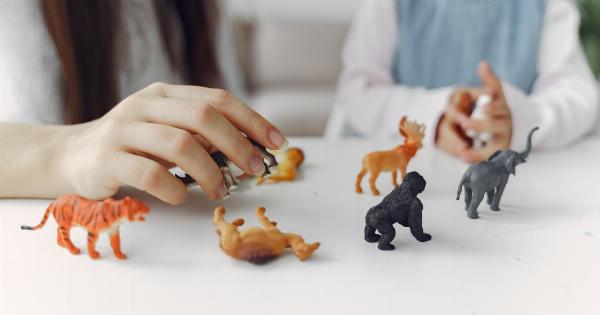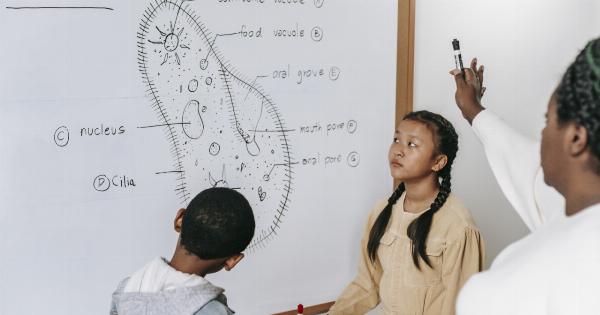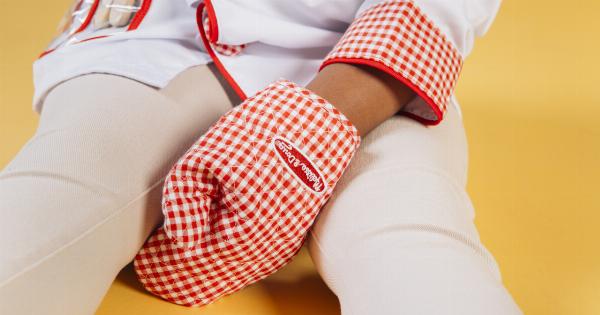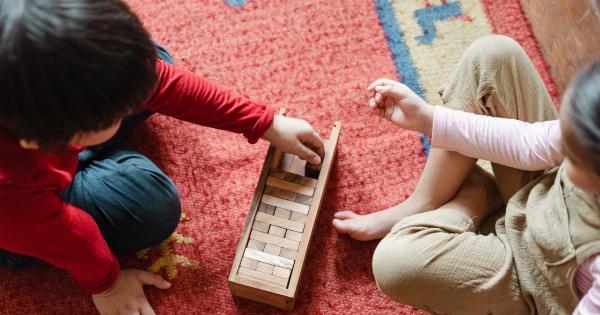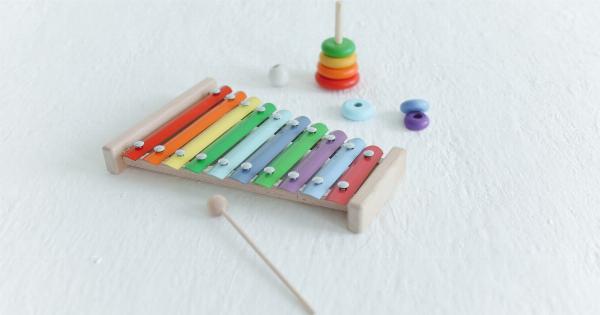There is no denying the joy that spreads across a parent’s face when they see their baby’s first smile. It is a magical moment that tugs at the heartstrings and brings a sense of wonder to the parent-child bond.
But have you ever wondered what your baby is trying to convey with that smile? Is it simply a reflex or is there something more behind it? In this article, we will explore the fascinating world of your baby’s smile and uncover the hidden messages that lie within.
The Science Behind a Baby’s Smile
When a baby smiles, it is not just a random muscle movement. It is an intentional act that holds great significance.
The anatomy of a smile involves the activation of multiple facial muscles, including the zygomaticus major and orbicularis oculi, which create the telltale signs of happiness and joy. These muscles work together to form a beautiful and genuine smile.
The Reflex Smile
In the early weeks of a baby’s life, smiles may appear more as reflexes rather than intentional communication. These reflex smiles, which typically occur during sleep or random moments, are not in response to external stimuli or emotions.
They are simply the result of the baby’s developing nervous system. While these reflex smiles may still make your heart melt, they are not deliberate attempts to communicate.
The Social Smile
As your baby grows and develops, you will start noticing the emergence of social smiles. These smiles are a significant milestone and an indication of your baby’s increasing social awareness.
Social smiles usually begin to appear around 6 to 8 weeks of age and are directed specifically at caregivers and loved ones.
When your baby flashes a social smile, they are communicating their happiness and connection with you. It signifies the deepening bond between parent and child and brings a sense of joy and validation to both parties.
Social smiles are an essential part of your baby’s social development and provide a foundation for future social interactions.
Recognizing Different Types of Smiles
While a smile may seem like a simple expression, it can convey a range of emotions and meanings. As your baby becomes more expressive, you will start noticing different types of smiles. Here are a few common ones:.
The Joyful Smile
The joyful smile is the one that parents long to see. It lights up your baby’s face, crinkles their eyes, and exudes pure happiness. This smile communicates love, contentment, and delight.
It is often triggered by playful interactions, tickles, or simply seeing a familiar face.
The Mischievous Smile
At some point, you may witness a mischievous smile on your baby’s face. This smile is characterized by a twinkle in their eyes and a hint of mischief.
It suggests that your baby is exploring their world, testing boundaries, and enjoying the excitement of discovery.
The Tired Smile
When your baby is feeling sleepy or tired, they may still manage to give you a smile. The tired smile usually appears as a small, subtle curl of the lips. It conveys a sense of comfort and contentment in the midst of tiredness.
The Discomfort Smile
Sometimes, your baby’s smile may not necessarily indicate happiness. Babies have limited ways to express their discomfort, and a smile can be their way of seeking reassurance or trying to cope with an uncomfortable situation.
This smile may appear strained or forced and can signal hunger, a wet diaper, or overstimulation.
Responding to Your Baby’s Smile
Your baby’s smile is a precious gift, and how you respond to it plays a vital role in their emotional development. When you reciprocate your baby’s smile, you strengthen the parent-child bond and foster a sense of security and trust.
Smiling back at your baby shows them that their communication is acknowledged and appreciated.
Engaging in eye contact, providing gentle touch, and using soothing tones can further enhance the emotional connection between you and your baby.
This positive feedback loop contributes to your baby’s overall well-being and lays the foundation for healthy social and emotional development.
The Importance of Smiling with Your Baby
As a parent, you are your baby’s first teacher, and your actions shape their understanding of the world. By smiling with your baby, you not only promote emotional bonding but also facilitate their cognitive development.
Research suggests that positive facial expressions, such as smiles, can have a profound impact on a baby’s brain development.
When you smile, your baby’s mirror neurons are activated, allowing them to imitate and learn from your emotional expressions. Smiling also stimulates the release of dopamine, a neurotransmitter associated with pleasure and reward, which promotes positive feelings and emotional well-being in both you and your baby.
Conclusion
Your baby’s first smile is a precious milestone that holds deep meaning and significance. It is their way of connecting with you and expressing their happiness, contentment, and love.
Understanding the different types of smiles and responding to them with warmth and affection can strengthen the parent-child bond and contribute to your baby’s overall emotional and social development. So, cherish those beautiful smiles and let them spark joy in your heart!.
















